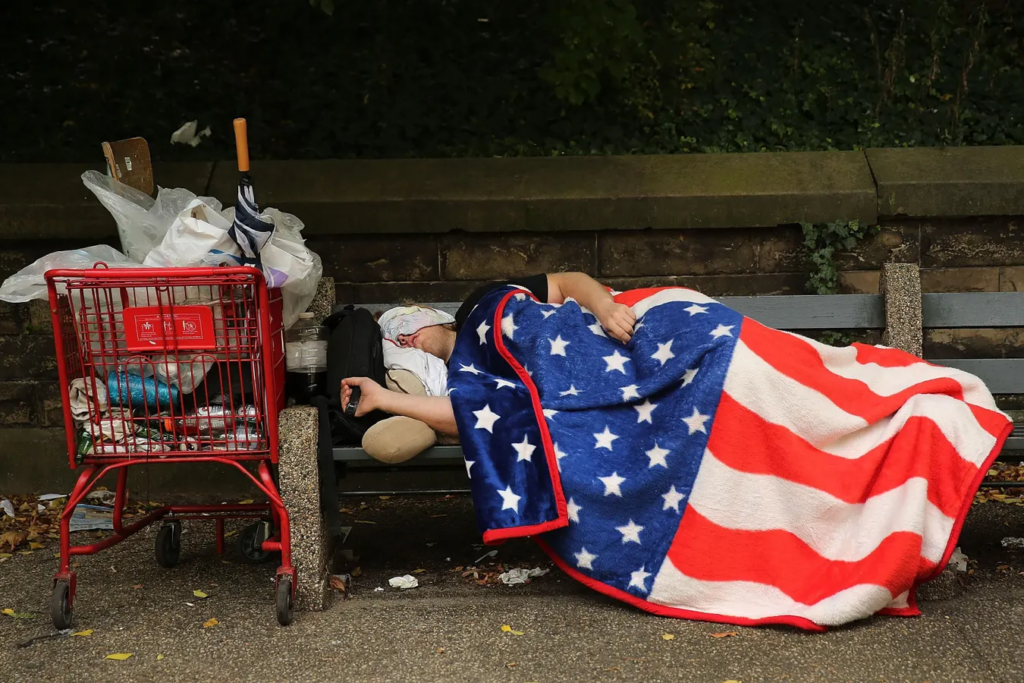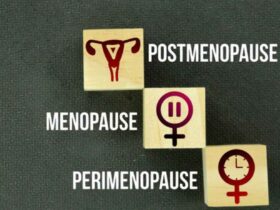United States: Overall, it can be seen from the submissions of all available data that two-thirds of the homeless population in this country is fighting with some form of mental illness.
More about the assessment
The assessment showed that the mental illness saltation rate for men is three times higher than for women. In any case, for both genders, the rate is considerably higher than the average rate for the general population.
The facts related to mental health revealed that homeless men may be experiencing mental health issues at more elevated rates than women, although rates were high for both genders when the general population was taken into comparison.
According to the US News reports, the researchers observed that homeless people in some countries have had higher rates of serious mental illnesses than others. One example is the United States and Canada, where recent studies suggest that homeless people are more prone to severe mental illness than some others, said researchers led by Rebecca Barry from the University of Calgary in Canada.
Barry and colleagues said, “The most common mental disorders included substance use disorders, antisocial personality disorders, major depression, and general mood disorders,” as US News reported.
The findings were published in the journal JAMA Psychiatry on April 17.
How was the study conducted?
The team examined thousands of data available worldwide based on homelessness and mental illness.
Additionally, around 48,000 people were involved in the studies who belonged to rich countries, mostly the United States, Canada, and Germany.
For those who participated, their mental health was examined via standard psychiatric tests.
What were the findings of the study?

Barry and his team discovered that 67 percent of the mentally challenged are now in that district or slept in the streets before. But the more shocking part was that 77 percent of homeless people experienced mental illness sometime during their lives.
It is important that a higher prevalence for men (67 percent) was noticed compared to the percentages for women (57 percent). Also, the highest lifetime rates for men (86 percent) were found, which are even higher than the percentages for women (69 percent).
These percentages are not only higher but also significantly different than those for mental illness seen among the general public, whose latest records state that 13 percent to 15 percent are now reported to suffer from common mental disorders.
Similarly, a new research report showed an astonishing increase in the rate of bipolar disorder to about over eight times that observed among homeless people compared to general people (8% vs. 0.7%). Additionally, high (or even higher) rates were observed for personality disorders of antisocial type, psychotic disorders, PTSD, major disorders of mood, substance use, and depressive disorders.
The increasing number of mentally ill homeless being on the streets of the city and/or shelters could also be likely; Barry had the team added.
They also said that “higher prevalence of mental health disorders among people experiencing homelessness among studies published more recently.”
Reflection of Increasing Societal Stress

Moreover, it also reflects rising societal stressors, which are stressing people having mental imperfections on the streets.
Barry and the team noted that it’s possible that “people with mental health disorders are increasingly likely to experience homelessness due to factors like housing affordability, limited mental health care access, low income or challenges reintegrating [with society] after mental health treatment,”
Furthermore, they also believe in factors leading to “North America having the highest mental health disorder prevalence among people experiencing homelessness.”
Things to be done – Experts
As per the experts studied in the survey, the “housing first” step aiming at finding permanent residents for people is of utmost priority, but also are assertive community treatment” programs, in which people who are
Acccording to the study authors, “housing first” campaigns are essential, but also “assertive community treatment” plans, in which people in need receive comprehensive services from a variety of channels, which together are coordinated.
Moreover, such kind of programs have”demonstrated effectiveness in reducing mental health disorder severity and homelessness among people with persistent and difficult-to-treat mental health disorders,” as researchers said.












Leave a Reply